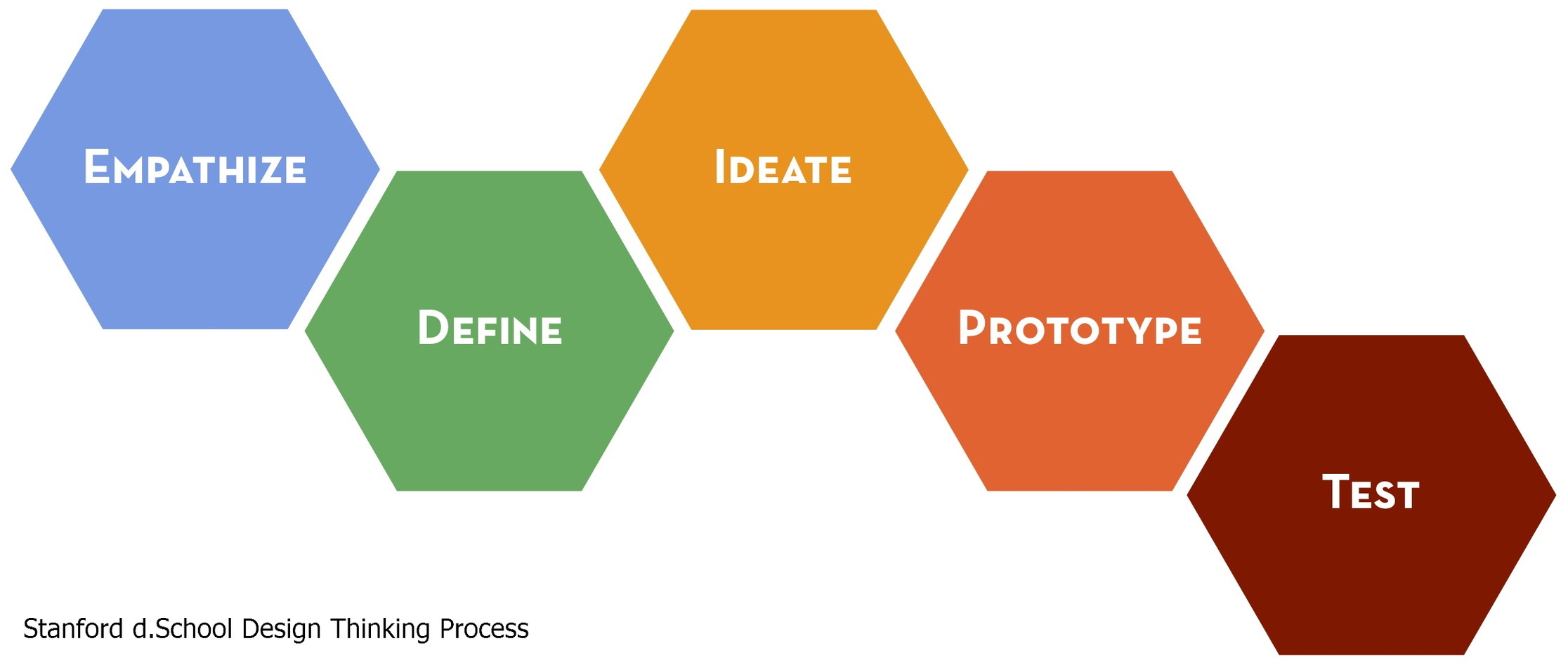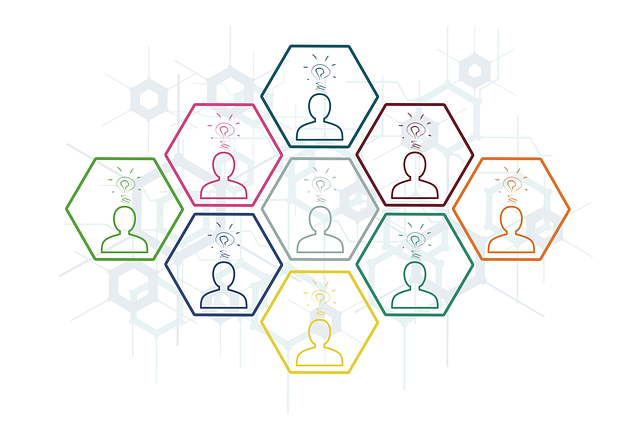Agile and Design Thinking have so many things in common: they are iterative by design, obsessed by user feedback, customer centric and. more important, chase innovation. How could we exploit some key ingredients of Design Thinking to revamp some anemic Agile implementations?
Design Thinking taught and still teaches me so much, every day.
The whole mission of Design Thinking has been brilliantly described by Tim Brown (CEO of IDEO), as follows:
“The mission of design thinking is to translate observation into insights, and insights into products and services, which will improve our lives”
This reminds me three fundamental pillars: people centricity, empathy and innovation.
Coming to Agile, unfortunately, not always those concepts are fully understood and taken into account. It happens actually that, when it’s time to transition to agile approaches, in spite of any good intentions, huge energies spent and large amounts of money invested, companies are not always able (or don’t want) to fully understand and embrace Agile, as a means to change organizational culture, mindset and habits.
They mainly pursue, instead, the goal of delivering faster, aiming at short-term results and thus not realizing Agile full potential.
What a shame. What a waste.
A new Taylor-ism
A known flavor. That somehow brings me back to scientific management and Taylor-ism where, today, instead of having blue-collars working on repetitive tasks on assembly lines, we have “so called” Agile teams working in “Factories”, producing incrementally, in continuous cycles, pieces of products.

It is as if management of those companies is just trying to morph those new and “innovative” concepts and behaviors, into old-fashion and well-known ones, which allows them to not get too far out of their comfort zone and not invest too much time in understanding what Agile really is.
That is a myopic vision indeed. We fear that Agile, in those organizations, is definitely put to death.
What a shame. What a waste.
This approach lefts behind and neglects the most valuable parts of Agile: creativity, people engagement, exposure to the outside, which actually drives the most value out of it.
I think that Design Thinking, with its history, key principles and approaches, could inspire how Agile is thought and applied in those companies; leveraging on these three key concepts (people centricity, empathy and innovation) Agile, actually, could be strongly revamped.
1) People Centricity
Design thinking aims to develop innovative solution for the users, which are always central in any of the process steps involved.
Users are interviewed and observed in the initial stages; their whole experience is addressed to deeply understand pains and gains. They are invited and asked to give feedback about underlying assumptions, when brainstorming on ideas. They are iteratively involved in testing potential solutions (prototypes).
Users are a pulsing, living part of the project, throughout its entire life-cycle.
Additionally, the focus on people is also so important when talking about the design team. This team is cross-functional, multi-disciplinary and diverse in its expertise and experience; it is empowered and self organizes to find innovative solutions for the users.
Is superfluous to say that collaboration, and reciprocal help and support are key for success.
Agile/Scrum > Revamping Hints
Contact with final users is always time well invested:
- Inception (or Sprint 0, Warm-up Sprint): arrange workshops with final users, understanding their needs and pains
- Release Planning: include final users to give feedback and answer to any eventual question; provide the team/s with pictures, videos, evidences, of users using the products, asking for new features or improvements and explaining/showing why
- Sprint Planning: the Product Owner and whole team should reconcile any product backlog item to real users needs
- Backlog Refinement: not always, but in specific strategic moments, include users (being real SME – Subject Matter Experts) to give feedback on any features/stories the team need to decompose, understand, analyze for future development
- Sprint Review: not always, but it is very valuable to include users in reviewing new features to give immediate feedback
2) Empathy
A key founding concept in DT is Empathy.
It can be defined as:
the ability to profoundly understand the people with whom you are interacting, by deeply getting in touch with their beliefs, pains, problems, motivations, to create better products and services
Empathy is always alive in Design Thinking. Always reminded. Always pursued and practiced.
It is massively used during first Empathize stage of the process.
Interviews and observations are key activities to understand users and, then, it is also reapplied when it is time to create personas, complete empathy maps, or draw customer journeys.
As mentioned above due to the continuous contact with users and stakeholder, empathy pervades every step of the design thinking process.
Additionally, due to this intimacy with such an attitude, design thinking teams have a greater sensitiveness to the human aspect.
What about Agile teams?
Agile/Scrum > Revamping Hints
Obviously they are great as well! It happens. though, that challenging deadlines, too much work to do, technical debt, could bring stress, tensions, misunderstandings and continuous pressure, which reduce humans capacity to be empathetic. Clarity on scope, objectives, deadlines and milestones help to relieve that pain.
- Inception: in this phase it is highly suggested to literally Lift-off the team by reviewing Project/Product Vision and Objectives, Scope, H.L. Product Roadmap, Stakeholders and Risks, then identifying Team Composition, Mission, Values and Working Agreements
- Scrum Events: it is always a bad idea to enter any events being in a hurry, cutting corners or executing them mechanically. This does not allow the people to really go beneath the surface of the practices and, thus, not really being empathetic.
- Feedback: Scrum is pervaded by feedback. Feedback could be positive and negative (or constructive). Actually, is far more easy to be empathetic when receiving positive one because we remain open, well predisposed and active listening, while is quite more difficult to remain in that state when someone is telling us something uncomfortable- Scrum teams should have time and coaching to develop the capacity to manage feedback and be more empathetic.
3) Innovation
I love to think to Design Thinking as the glue of two important ingredients of innovation: creativity and pragmatism. The former without the latter brings no value. The latter without the former brings no innovation at all.
How DT combines those ones all together? An answer can be found by looking at the double diamond model, coming from the Design Council.

In its simplicity, this model summarizes and bounds together those two key concepts.
It articulates the following steps:
- Discover insights into the problem
- Define the problematic area on which to focus on
- Develop ideas and potential solution
- Deliver working solutions
The process goes straight forward from problem definition through solution implementation. Every phase provides the right tools to generate multiple insights and ideas (creative/diverging) and to rationalize and develop the best ones (pragmatic/converging).
Agile/Scrum > Revamping Hints
When it’s time to innovate, Agile teams needs some space (time) to investigate the problem, brainstorm on possible solutions, test them by building “prototypes”, putting them into the users’ hands, and finally implement it. These actions and the relative time must be planned accordingly.
How can we manage that with Agile/Scrum teams?
- Plan a Spike: in case the team needs to investigate and allocate some time to do some research and test, spikes are great tool to use. I covered this topic in one of my previous article: End-to-End Feasibility in Agile: validate your hypothesis through Spikes.
- Running a Design Sprints: a design sprint is a five-day process for answering critical design and business questions through design, prototyping, and testing ideas with customers. This innovation week could be run during the initial phase of the project to test a solution the team would develop in the upcoming sprints.
- Consider Innovation Iterations: dedicate an iteration at every release boundary. SAFe, for example, provides a cadence-based interval for delivering value with the Program Increment. The Innovation and Planning sprint creates value within the scrum team in several distinct ways: continuing education, innovation, planning. For more details see here.
- Manage Team Capacity during Sprint Planning: the first part of the sprint planning, finishes with the team committing to a list of backlog items the team forecasts to finish within the sprint. In order for the team to have space for innovation, this is the right time to make it happen.
By remaining aware of some of the Design Thinking teachings, we could boost any Agile implementation.




